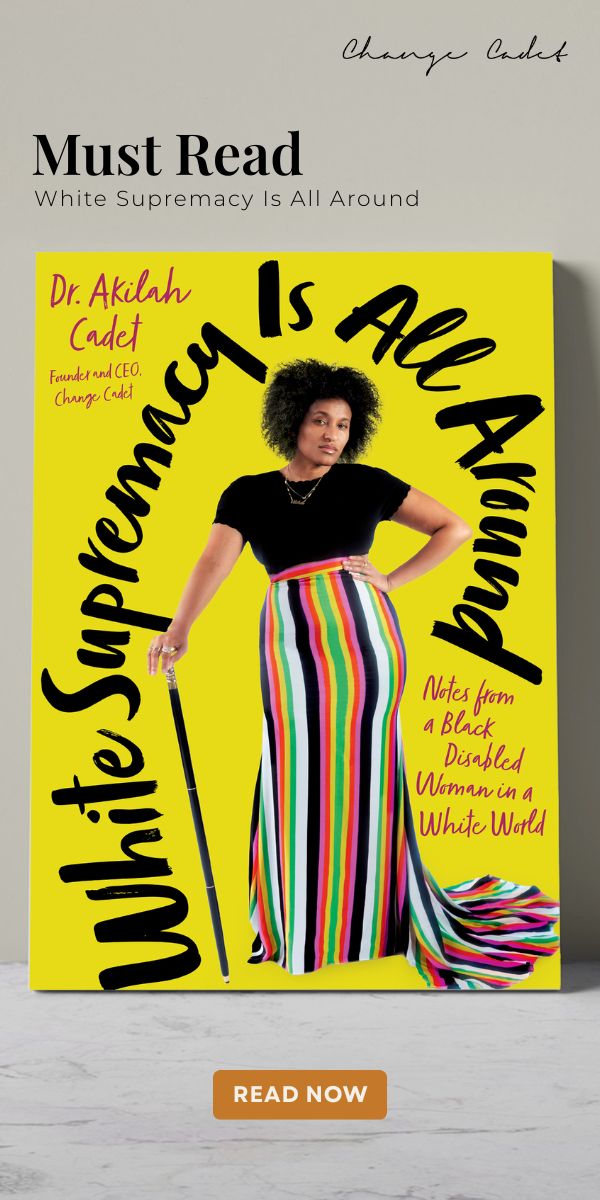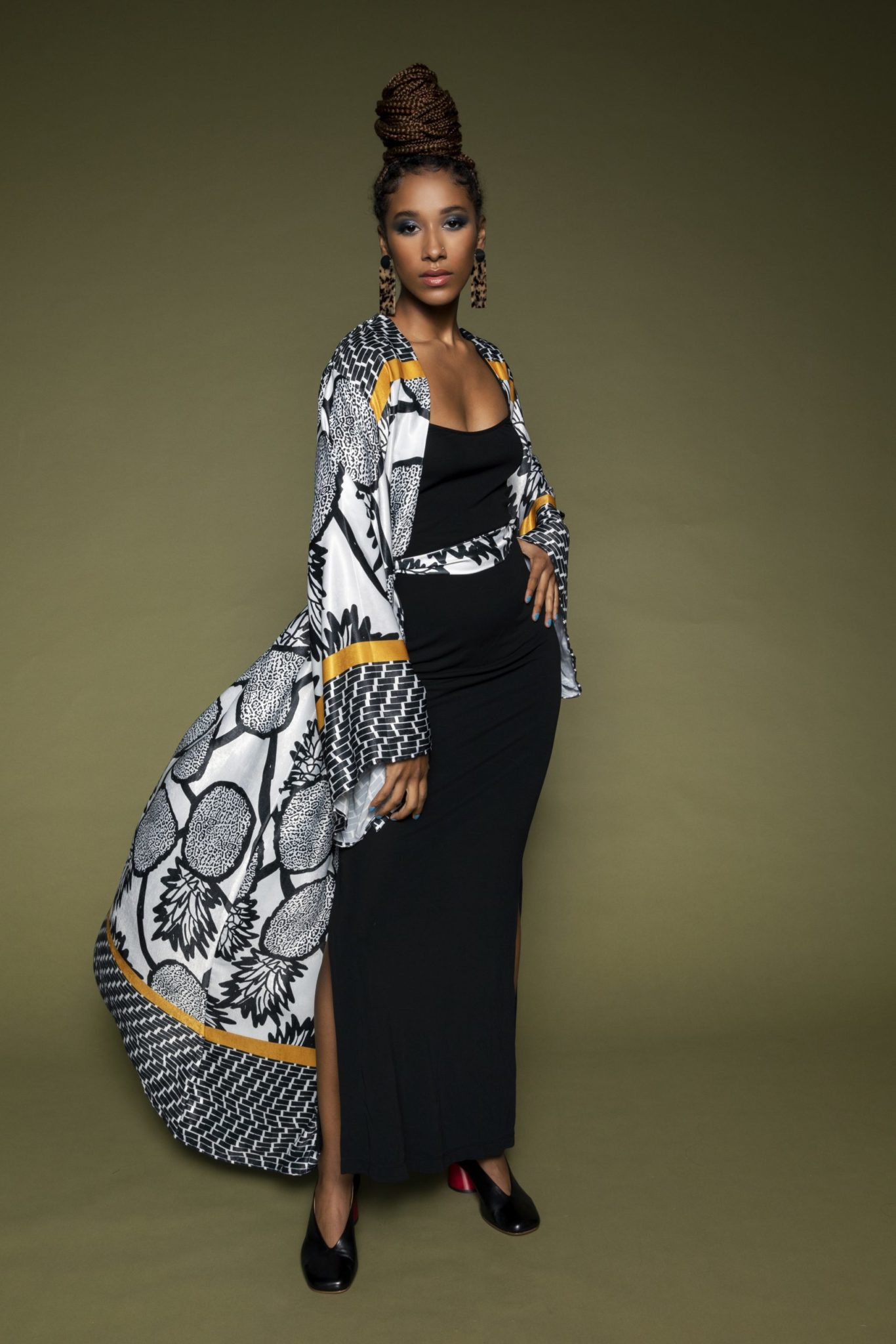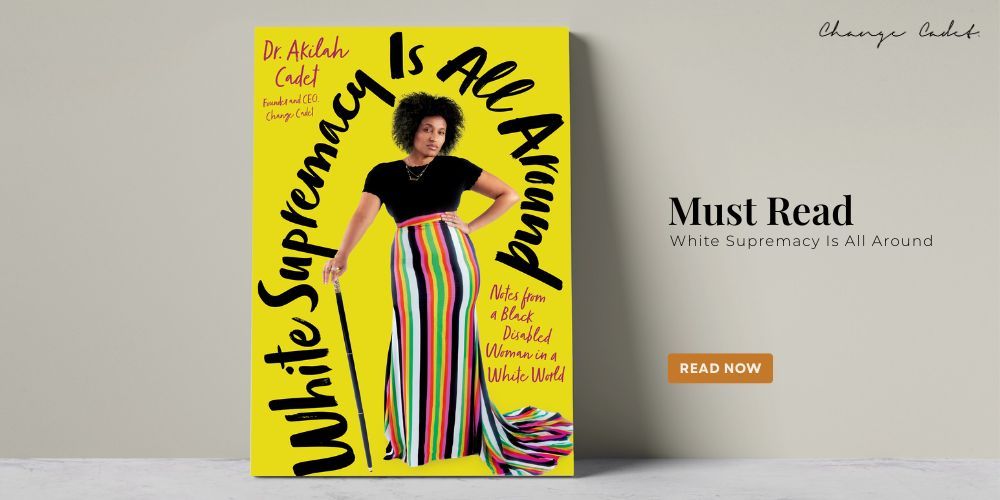No products in the cart.









Nida Khan
Before the read
Representation has statistically grown, but many roles still reflect outdated stereotypes and shallow portrayals.
From angry Black women to Muslim terrorists and Latino gangsters, the industry keeps recycling harmful tropes.
Not really. Real inclusion isn’t just casting, it’s in the narrative, authorship, and cultural authenticity onscreen.
Nida Khan
Before the read
Representation has statistically grown, but many roles still reflect outdated stereotypes and shallow portrayals.
From angry Black women to Muslim terrorists and Latino gangsters, the industry keeps recycling harmful tropes.
Not really. Real inclusion isn’t just casting, it’s in the narrative, authorship, and cultural authenticity onscreen.
I watched the latest Superman movie with my children this summer, drawn not only to David Corenswet’s charm but also to its political subplot, which some say symbolizes the invasion of Gaza by Israel. Some similarities are hard to ignore, like the fictional land Jarhanpur facing a humanitarian crisis inflicted by Boravia, a strong ally of the United States. The movie starts off with Superman facing severe backlash for going against Boravia’s illegal occupation in Jahranpur and standing up for its people against the tyrannical ruler and the US government.
In the movie, surprisingly, Middle Eastern people were not shown as the proverbial bad guys. For example, Afghan actor Fahim Fazli was finally cast in a non-stereotypical role as the leader of the Jahranpur village, after a career of playing a terrorist his entire life. Another wholesome character was the “falafel guy,” Malik Ali, a helpful and kind Middle Eastern friend of Superman’s.

These, however, are exceptions to the norm. A norm that still borders on mediocrity, tokenism, and subpar representation of minorities in media.
The #OscarsSoWhite movement in 2015 ruffled some feathers in the status quo and challenged the lack of representation for Black actors and people of color in major Oscar nominations, despite strong performances. It unearthed the systemic bias within the predominantly “White” Academy. The movement also criticized tokenism in roles for actors of color, confined to harmful stereotypes like criminals, servants, or athletes. Admittedly, things did change as a result. The number of women doubled, and voters of color tripled in the academy membership. In 2021, Chloé Zhao won the Best Director award, the first for a woman of color. In 2023, Everything Everywhere All at Once won seven categories at the Oscars, with a primarily Asian cast.
Studies show that new children’s programs in 2023 have 63.4 percent of leading roles by children of color compared to 56.1 percent in 2022. According to the University of California, Los Angeles, Hollywood Diversity Report (2024), Black, Indigenous, People of Color, and women actors made gains compared to White leading actors.
I also appreciate Netflix for its diverse, multicultural content that has helped amplify different voices and cultures. The audience definitely plays a role in that. A 2024 Deloitte survey shows that almost 70 percent of consumers enjoy watching and learning from TV shows or movies from different countries and cultures. They expect to see diversity in the media.

But if you dig deep, the diversity seems performative at best, or the success stories are one-off instances that don’t support a solid progression toward authentic representation of minorities in media.
Black men are still being shown as criminals, thugs, or just passive characters. There have been changes with productions like Black Panther and Creed, but is that enough? Black women’s representation can be applauded in movies like Hidden Figures and G20. But we can’t ignore the prevalent stereotypes like the strong, angry Black woman, the caregiver, or the overtly sexualized Black woman. I remember enjoying watching the movie The Help, but even when we think the representation is authentic, it can miss the mark. Viola Davis regretted working in the movie because it focused more on White voices than Black ones.

Even before 9/11, Hollywood obsessed over the uncivilized, disheveled Muslim Arab stereotype, always conspiring against the West. This was shown in the 1990s box office hit, True Lies. Aladdin was also criticized for depicting Arabs as religious zealots with exaggerated facial features. Post-9/11, the TV series Homeland and movies like American Sniper centered around plots that showed Muslims in a negative light. A 2021 University of Southern California study revealed that most of the Muslim characters were secondary or had background roles. About one-third of Muslim characters in Hollywood were shown as violent and extremist.

On the flipside, there have been some commendable but rare examples of Muslim representation in the media. Kamala Khan, as Ms. Marvel, won many hearts by playing the role of a Pakistani–American comic enthusiast with mutant superpowers. Another relatable portrayal of a practicing Muslim is shown in the mini-series, Midnight Mass, where Sheriff Hasan’s character is written with depth and dignity. The Netflix show Mo was a refreshing watch, where Palestinian refugees were humanized, facing the same struggles and joys as other immigrants in America.
Latinos are shown as criminals or sex objects in the mainstream media. Although there are iconic roles like Selena and Coco, Latinos are still commonly associated with gang members or exotic lovers with broken English. In Modern Family, Sofia Vergara played a stereotypical sexy, heavily accented housewife. In Mi Familia, the main character is a gardener, and his two sons are gang members.
Indigenous peoples are stereotyped as mystical, outdated, and violent, a bone-chilling legacy of colonialism. Only 1 percent of TV characters in major roles are Indigenous (pewresearch.org), and that too is gravely misconstrued. One example is The Last of the Mohicans, where the Indigenous peoples are shown as bloodthirsty warriors attacking White people.

Who can forget the Asian Americans’ portrayals as intelligent and studious immigrants with no individuality or layered internal conflicts? They are frequently shown as sidekicks, tech experts, and nurses. In the Silicon Valley TV series, the Jian-Yang character is a socially awkward tech expert. In the movie 21, Asian American characters are shown as math/tech prodigies on a card-counting team.
The media’s diversity bar has long been frustratingly low. We’re conditioned to accept one-dimensional, stereotypical characters, and this often goes unnoticed. Without meaningful engagement with diverse cultures, it’s easy to overlook the narrative that perpetuates White supremacy. In a multicultural world, it’s critical to challenge the idea that one group is “normal,” while others are marginalized.
Media education is important for young minds. As a ten-year-old, I never questioned why almost all the Hollywood children’s movies had predominantly White lead actors. I didn’t think people like me mattered enough to be shown on mainstream television. At one point, I may have even started believing that White stories are universal. When we’re constantly bombarded with stereotypes, people tend to adopt certain beliefs and thought patterns.

Now, as a Muslim, Canadian, Pakistani woman of color, I see the urgent need for platforms like TrooRa. I see that our stories matter, and somebody needs to tell them. TrooRa is helping remove the noise and distortion in the media through its bold and authentic voice. For us writers, TrooRa is the space where we can tell unfiltered stories about marginalized people and communities without the pressure of fitting into a predefined mold. These are baby steps with a long way to go, but TrooRa has it figured out.
Viola Davis, in her 2015 Emmy award acceptance speech, said, “If they exist in life, then we should see it on TV. We should see it on stage or on the screen. As many people are out there are as many stories that should be being told.”
It’s on us to critically evaluate what we watch and how it shapes our perceptions. Let’s examine our biases, regardless of who they may be against. And lastly, question everything that is shown to us in the name of diversity and inclusion. This kind of representation remains meaningless for those of us seeking authenticity, true stories, and voices. The goal isn’t just to be seen. It’s to be seen correctly.
The Wrap








